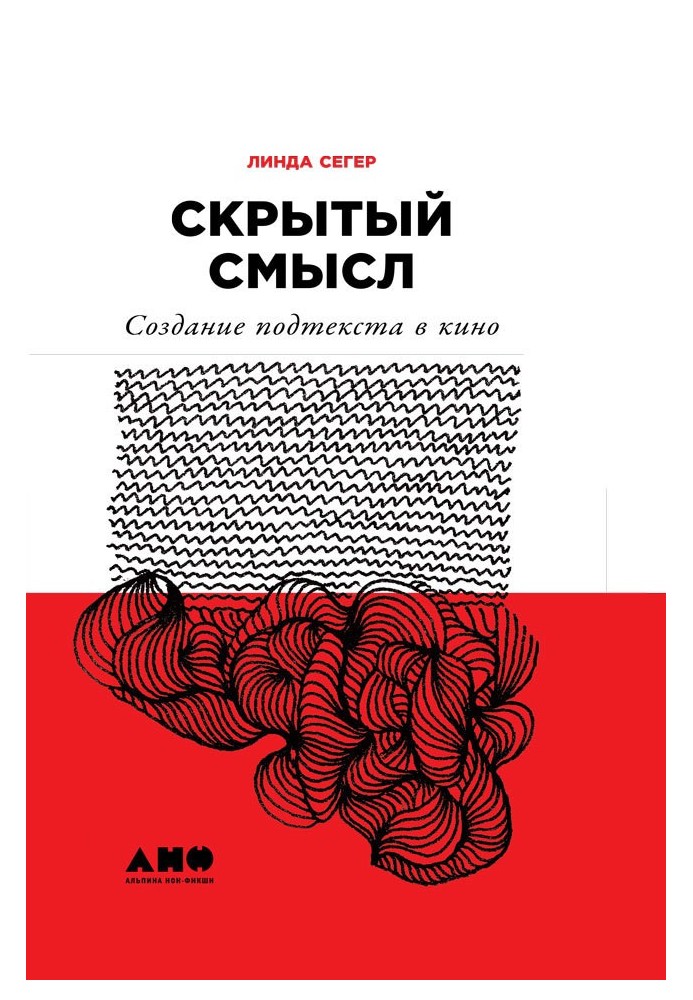Hidden Meaning: Creating Subtext in Film
 Instant download
Instant download
after payment (24/7)
 Wide range of formats
Wide range of formats
(for all gadgets)
 Full book
Full book
(including for Apple and Android)
“In 2011, when I wrote Hidden Meaning: Creating Subtext in Film, there was no other literature on this topic. Yes, in some books a page or two was devoted to subtext issues, but no more. I had to figure out what is meant by the concept of “subtext”, how to discuss it and dispel the fog around this topic. I started by remembering films that I knew for sure had subtext. Here “Shadow of a Doubt” and “Ordinary People” came to the fore. I read scripts, watched films, looking for patterns and similar techniques. Thanks to these films, I expanded my understanding of subtext, realizing that this concept includes gestures and actions, actions and the underlying movement of the general direction of the internal story. I also saw how subtext works in descriptions, such as in the Psycho script. After the first edition, several more books about subtext appeared, but they were more about writing than screenwriting. In further reflection on this topic, I decided to include writers as my target audience, and to consider film adaptations as examples, so that a writer could analyze the book based on it, and a screenwriter could analyze the script and the film. In the second edition, I left some of the examples from the first, including the classics (“Psycho,” “Shadow of a Doubt,” “Ordinary People”), to which I added “Revolutionary Road,” “The Short Game,” and “Double Indemnity.” In the last film, the use of subtext was forced, because otherwise the script would have been shelved - the Hollywood production code did not allow such topics to be discussed openly. Some chapters are supplemented by case studies that look in more detail at what subtext looks and does throughout a film or book. If you only have the time to look at three examples of great subtext, I would recommend Ordinary People, Shadow of a Doubt, and the episode "Psychopathology" from the series "Merry Company." If you only have half an hour, watch Psychopathology. You will learn almost everything you need to know about subtext, and laugh at the same time!..”
Data sheet
- Name of the Author
- Линда Сегер
- Language
- Russian
- Translator
- Мария Николаевна Десятова













